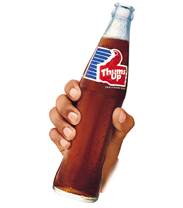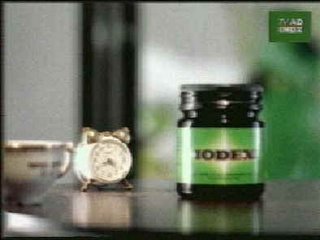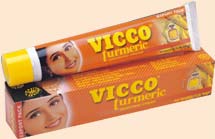Brand : Thums Up
Company: Coca Cola
Agency:Leo Burnett

What will you do after buying a brand which has a market share of 60 % for 120 crore?
a. Build it further
b. Consolidate the position
c. Extend the brand equity
d. Kill it
Well a company took the choice ( d) .
A company known for its marketing prowess, owner of an iconic brand which is considered to be the most valued brand in the world. Does this choice seem totally … idiotic?
That was what Coca-Cola Company tries to do with Thums Up…
Thums Up was launched in India in 1977 when the multi national giants coke and Pepsi were asked to leave the country. Thums up ruled the Indian market for 16 years . A brand owned by Ramesh Chauhan of Parle was a carefully built icon. It could withstand the competition from Pepsi and was a market leader.
With the Cola war hotting up with the reentry of Coke into the Indian market in 1992, a very unusual event happened. Ramesh Chauhan sold Thums Up to Coke for 120 crores.
There after we saw a very unusual happening, an event very rare in Marketing history, a company killing a market leader bought for 120 crores to launch its global brand. In marketing this never makes sense. Why should you kill a leading brand for launching your own brand? Are you so smart ? Over confident?
History proved other wise….
Thums up even after 13 years sells more than coke and Pepsi. The brand is so strong that it has refused to die. After 1985 “ New Coke” failure, this is the greatest marketing blunder that Coke made.
Thums Up was our very own Indian brand. Launched as a very masculine brand with the baseline “ Taste the Thunder” stole the heart of millions of Indian youth. Thums UP is a strong tasting cola targeting at young adults. It has the highest carbonation among the cola brands which

appealed to the palate of Indians. The brand is very popular in Andhra Pradesh , Maharashtra Gujarat, UP , West Bengal, and Karnataka with Andhra contributing 30% of the sales.
The brand personifies victory,achievement and celebration.
With Thums Up; the largest selling cola at its fold, Coca Cola initially tried to kill the brand to pave the entry of Coke. But they found that only Pepsi will benefit with the withdrawal of Thums Up and retracted the strategy. The new owners tried to reposition Thums Up as a manly brand. The famous tagline “Taste the Thunder “was changed to “I want my Thunder” But that change was a flop and the company retracted the old tagline. Later they again changed the baseline to “ Grow Up to Thums up” in tune with the strategy of blind taste campaign depicting Pepsi as a sweeter brand , hence not for men. It is said that the campaign was successful.
Right now Thums Up is degraded as a flanking brand for Coke. Coke is using it just to bash Pepsi. Coke has been using all macho film personalities like Akshay , Salman and Sunil Shetty to position this brand as a macho brand . We see sporadic bursts of promotions of this brand but one can see the dilemma of Coke about this brand. Full scale promotion of the brand can take away the share of coke which they cannot afford to do. Taking this brand away will help Pepsi. So he only choice is to push it along till it dies on its own.
Coke was never fully into the promotion of the brand. Half heartedly they tried to market the brand making all sort of repositioning and experiments. Even after all these messing up, the brand is strong. May be the consumers are not willing to let go the brand. This is a classic case of a brand getting an iconic status. A case where the customers take the ownership of the brand. Now Coke no longer owns the brand , consumers own it.
Had Coke promoted the brand, Pepsi did not have a chance in Indian cola market. By looking inwardly and taking a blind eye towards the consumer, Coke has compromised on the basic principles of marketing. Coke could have ruled the Indian market with Thums Up. But they could not stand the thought of Coca cola playing a supporting role to another brand.
Coke is trying to create a separate market for Thums Up. It is playing the regional game and in areas where coke is strong, slowly Thums Up is withdrawn. As a marketer I don’t see a future in this brand. This icon is going to fade into the annals of History of Brands
Thums Up: Lost its thunder.









